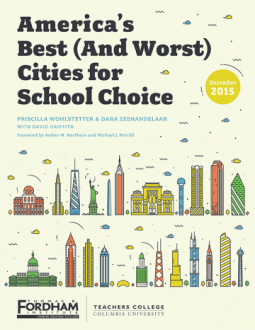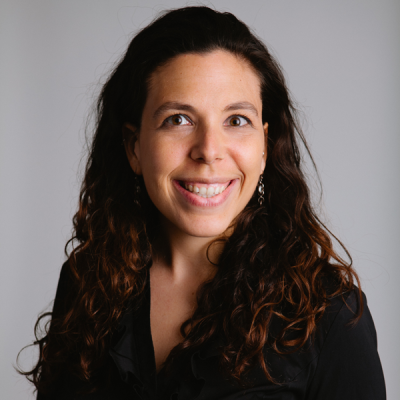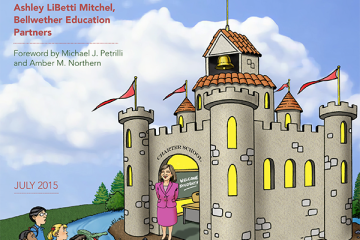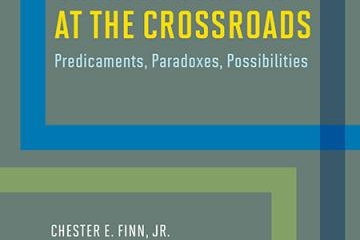More than twelve million American students exercise some form of school choice by going to a charter, magnet, or private school——instead of attending a traditional public school. Countless others use district-wide lotteries, attendance waivers, or interdistrict transfers to attend public schools other than the ones in their neighborhoods. But some cities are significantly more “choice-friendly” than others…and some are downright hostile.
Using nearly fifty markers of “choice friendliness,” this report shows which of thirty American cities are the best and worst for school choice.
What makes a city choice-friendly? We examined three factors:
First, POLITICAL SUPPORT:
This area measures the views of various important individuals and groups when it comes to school choice. How supportive are the city council, mayor, superintendent, and governor? How about the teachers' union, parent groups, and the local media?
Second, the POLICY ENVIRONMENT:
It’s nearly impossible for choice to flourish without supportive policies and practices for both providers and parents. This area includes topics like whether charter schools have adequate funding and access to district facilities, as well as the ease with which parents can learn about, and apply to, schools of choice.
Third, the QUANTITY AND QUALITY of choices:
How many choices exist for students—and if they are any good—obviously matters a great deal. This area includes factors like whether students are allowed to attend schools in nearby districts. And if so, can the district choose to say no by opting out? What percentage of public schools in the city are schools of choice? And what is the quality of charter schools relative to their district counterparts?
As you’ll read, some cities’ overall rankings come as no surprise—the gold, silver, and bronze go to choice hot-spots: New Orleans, Washington, D.C., and Denver. But New York City, a roaring engine of choice under Mayor Bloomberg, is now sputtering and fails to crack the top ten (blame the “de Blasio effect”). And how did Atlanta—marred by a cheating scandal—end up surprising us in the ninth position?
There's lots more to learn in this most comprehensive look at urban school choice to date. You can download the full report here or dive into the state profiles on their own.






